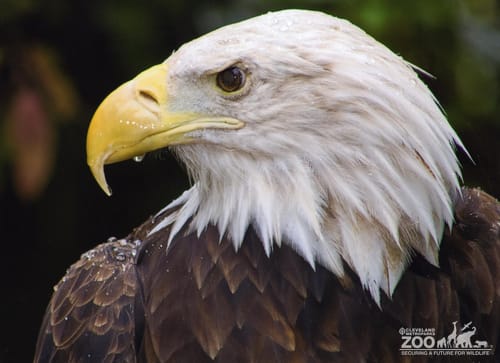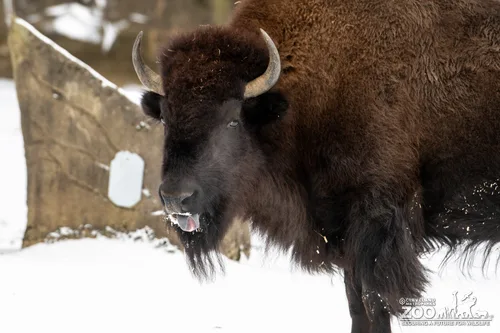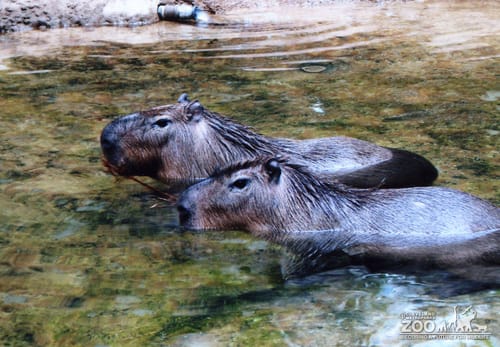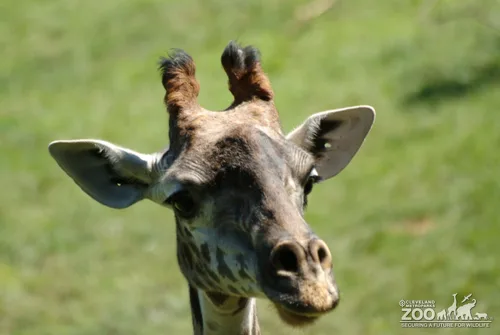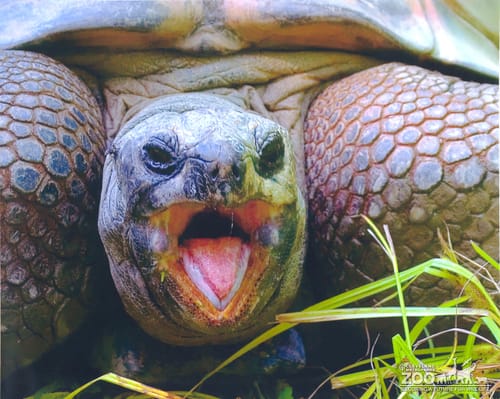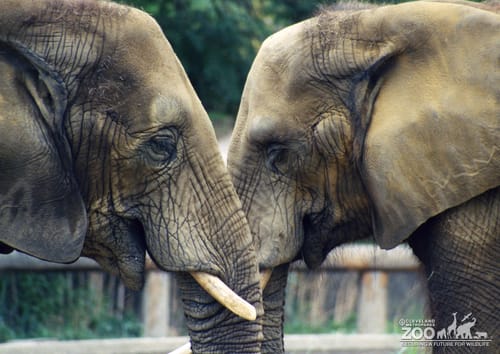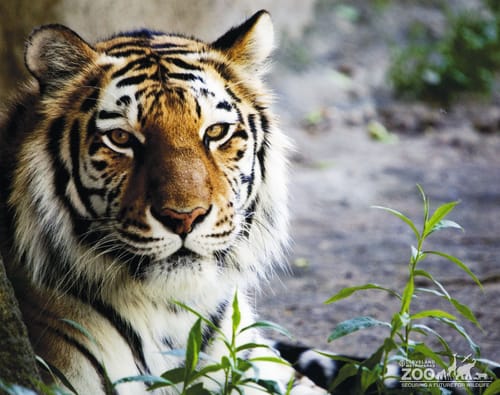Animals
Results:284
Callicebus moloch donacophilus

African Elephant Loxodonta africana
African Penguin Spheniscus demersus
African Pygmy Goose Nettapus Auritus

African Rock Python Python sebae

African Straw-Colored Fruit Bat Eidolon helvum

African White-Backed Vulture Gyps africanus

Aldabra Giant Tortoise Geochelone gigantea

Allen's Swamp Monkey Allenopithecus nigroviridis

Amazon Milk Tree Frog Phrynohyas resinifictrix

American Beaver Castor canadensis

American bison Bison bison
American Bullfrog Lithobates catesbeiana

Amur (Siberian) Tiger Panthera tigris altaica

Andean Bear Tremarctos ornatus

Andean Condor Vultur gryphus
Anemone, Bubble Tip Entacmaea quadricolor

Asian Small-Clawed Otter Aonyx cinerea

Australian Lungfish Neoceratodus forsteri

Australian Shelduck Tadorna tadornoides

